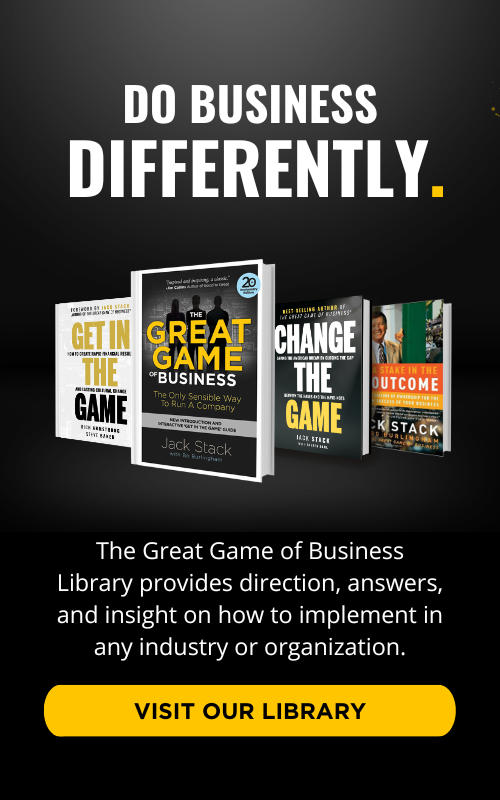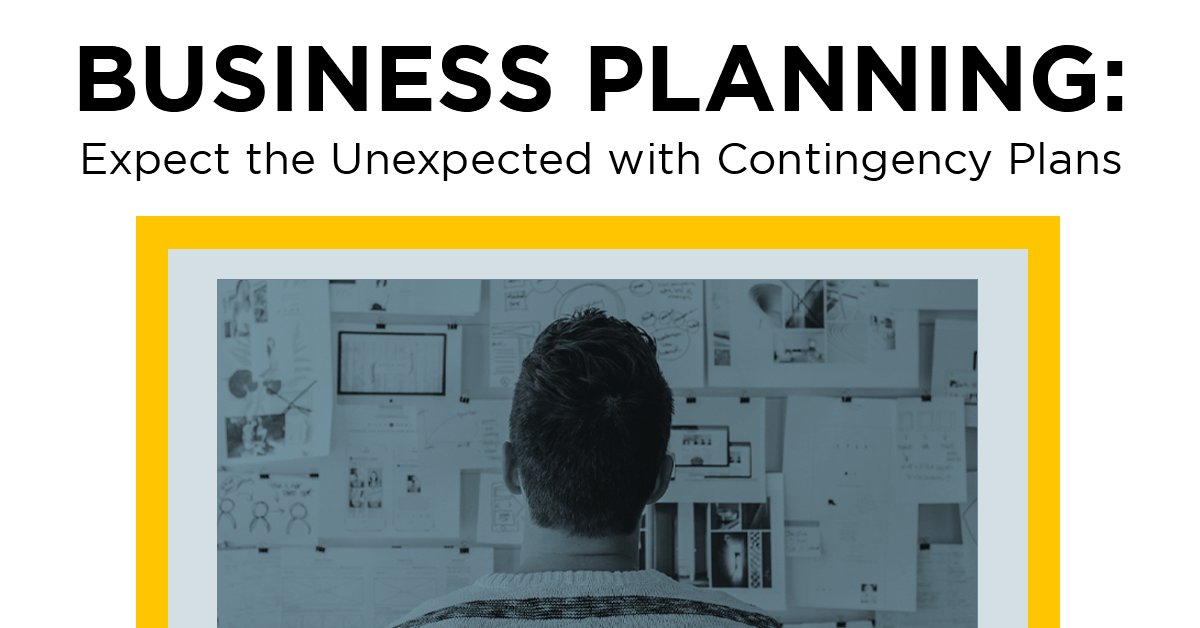
Too many organizations get into trouble because they don’t have a proper planning structure. Even companies with a planning rhythm often only plan for what they expect to happen and the business they expect to deliver. In our experience, life (and business) is “like a box of chocolates”, you really can’t be sure what you’re going to get next!
So, how do you prepare for the unexpected? What’s your backup plan?
In business, you need to prepare for surprises in the marketplace by having a robust, proactive, and continuous contingency planning process. By business contingency planning, we mean a proactive process of planning for both the short-term and long-term security of your company. Our definition of contingency is a product or service that has already been researched, developed, and cost-justified, and can be activated on very short notice. It’s a key part of your sales planning process.
So, what would you do if 10% to 20% of your revenue suddenly disappeared at this moment? Would you be ready to activate contingencies—a plan B?Benefits of Controlling Sales with Contingency Planning:
In a perfect world, your sales or revenue line wouldn’t fluctuate; it would grow consistently and evenly according to plan. But we’ve rarely found that to be the reality in the organizations we’ve worked with. Most sales or revenue lines resemble roller coaster rides, caused by unexpected canceled orders, customers going out of business, new competitors starting up, difficulties in meeting orders, etc. In order to manage your business successfully, you need to have as much control over your sales line as possible. Here are the benefits you can see from controlling sales and actively planning with contingencies:
- It makes planning easier.
- You have better control over your profits.
- It enables you to plan your materials and purchases more accurately.
- Clearer indication as to how many people you need to employ.
Bonus! If you appear to have control of your business, it gives comfort to your employees, your board, your shareholders, and the financial and stock market institutions.
Items to Cover Before Activating Your Contingency Plan:
- The market research should be complete.
- You know what the customer would buy.
- Processes are designed and tested, software written, and materials sourced and priced.
- You've determined distribution channels and how you plan to go to market.
- Pilot runs initiated, costs understood, and pricing agreed. Initial marketing materials should be discussed so they can be designed and executed quickly.
Keep in mind that contingency planning is not limited to designing new products and services. It may be that some level of growth can be achieved through suitable acquisitions, expanding a current service, etc. We generally recommend that product and service innovation contingencies are greater than or equal to 15% of your overall sales plan.
When Do You Activate Contingencies?
There are many situations in which a company should consider activating contingencies: when revenue is likely to drop because of unexpected events in the marketplace, as a response to sudden increases in customer demand or market opportunities, or as part of the next year’s sales growth plan. If the growth targets can be achieved by expanding current lines of simply selling more, you may not need to activate a contingency the entire year.
Don't forget, when one or more of the contingencies are activated, another one needs to take its place on the list. In fact, the Contingency Plan is a “living document” that is revised and updated on at least a quarterly basis and consists of a list of fully developed projects, projects in development, and a list of ideas for consideration. These ideas show the Board of Directors that people are thinking beyond just the next 12-month period.
Now's the time to make contingencies part of your standard operating procedure. If you don’t have a well-developed program of contingencies in place you will almost certainly pay the price for being unprepared!
As we say in our new book, Get in the Game, "By making contingency planning a regular part of your planning procedure, you ensure that you are always prepared to respond to crises and mitigate the damage from everything from small problems to worst-case scenarios."
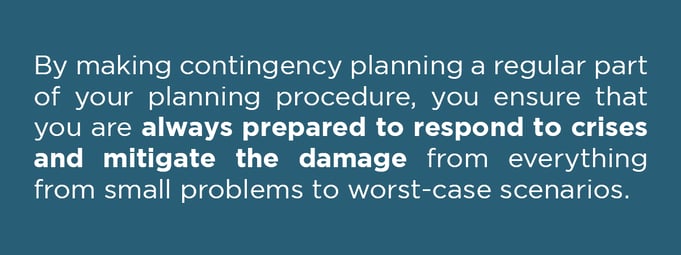
Once supported by your overall business planning process, a rock-solid contingency plan helps ensure growth and sustainability."
Need a little help with your business planning process? Order your copy of Get in the Game to learn more about building a successful and sustainable organization through proper business and contingency planning.
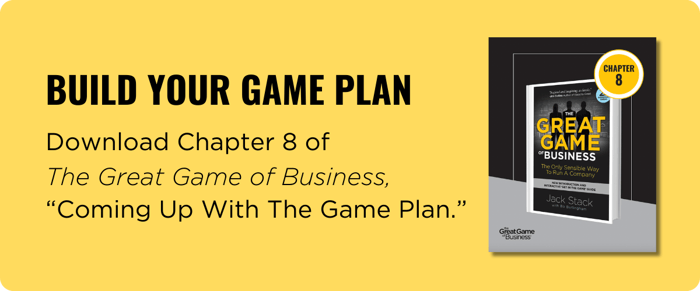
More articles like this:
- 4 Types of Planning for Sustainable Business Success
-
How Playing the Great Game Helps You Prepare for an Unpredictable Economy
- Healthy Budgeting Means Cutting Fat - Not Muscle
.png)


-14c26.png)

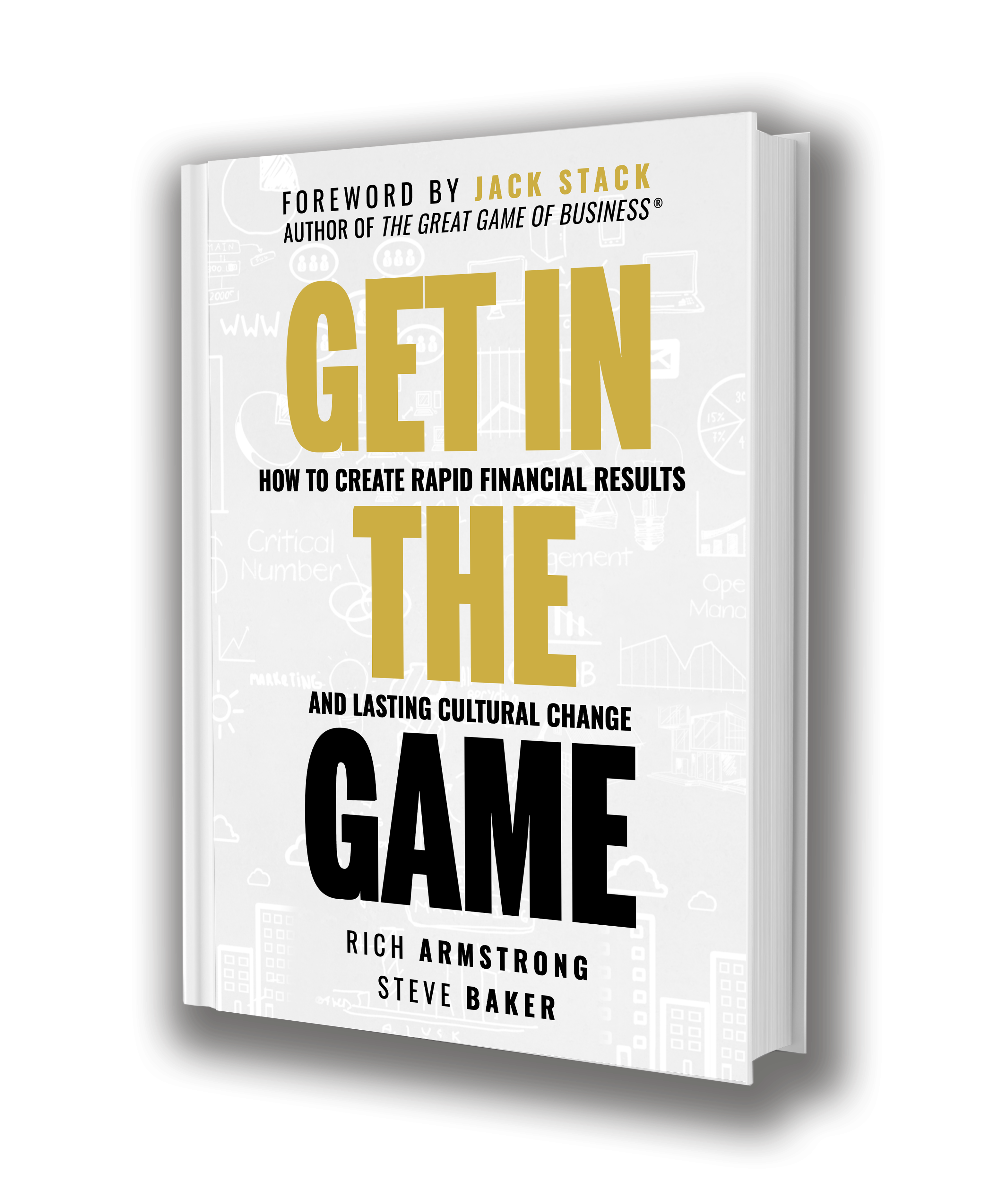


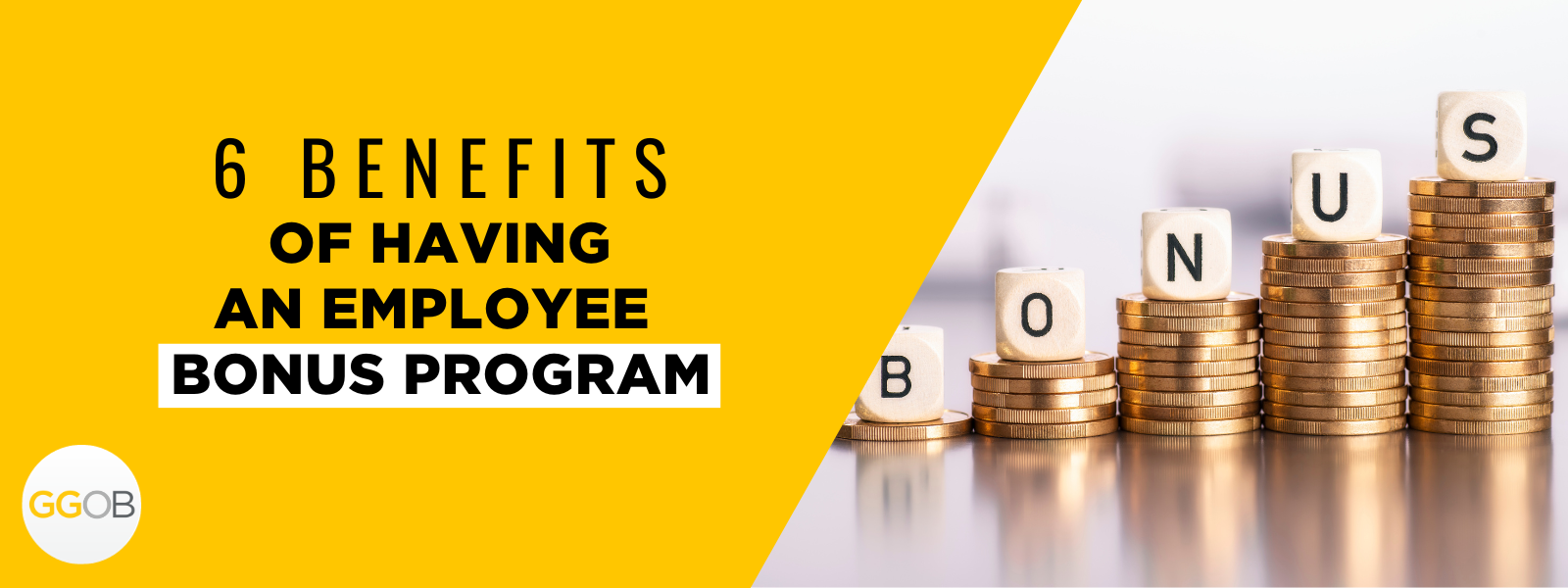

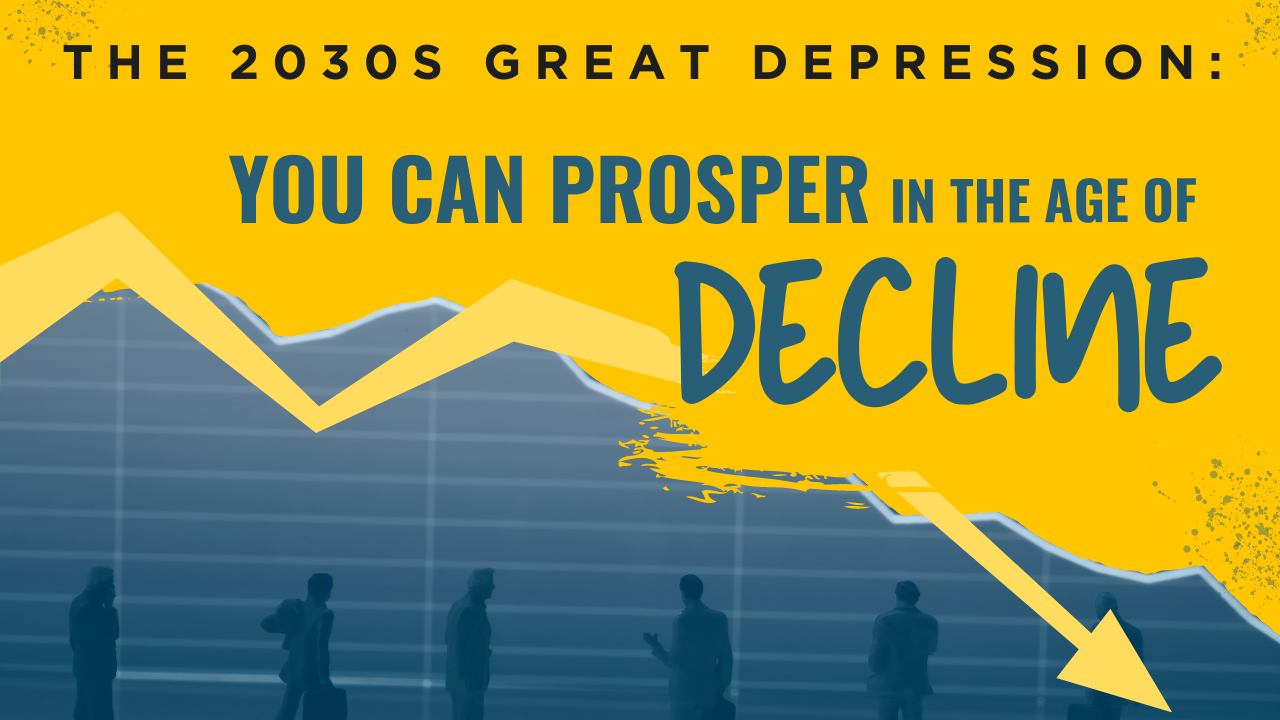
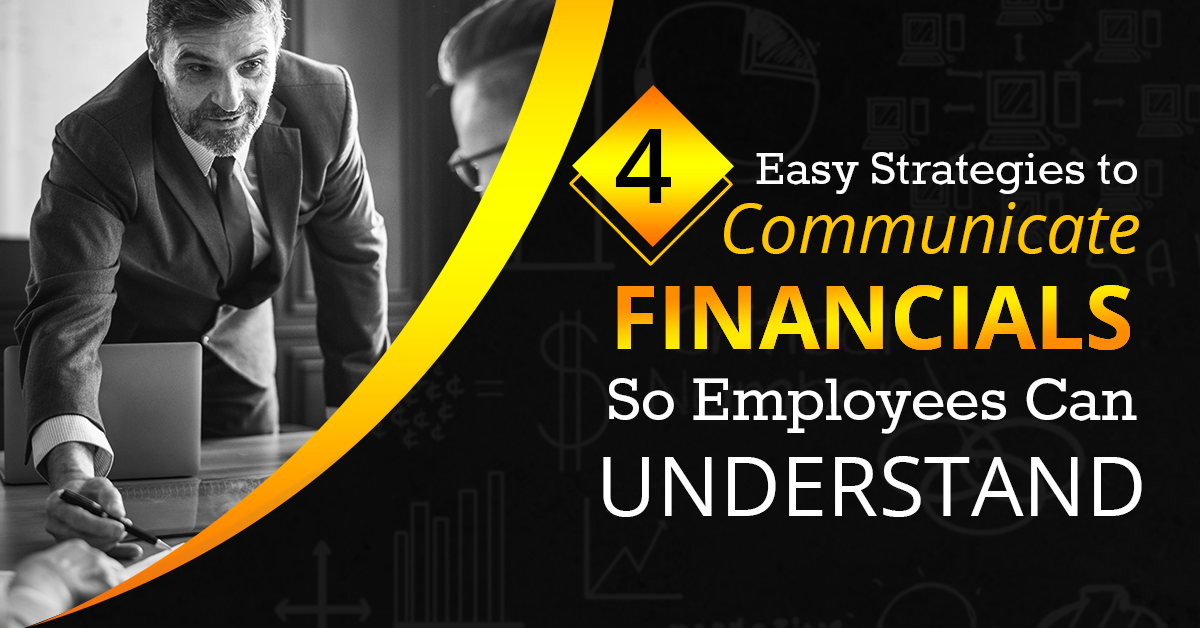

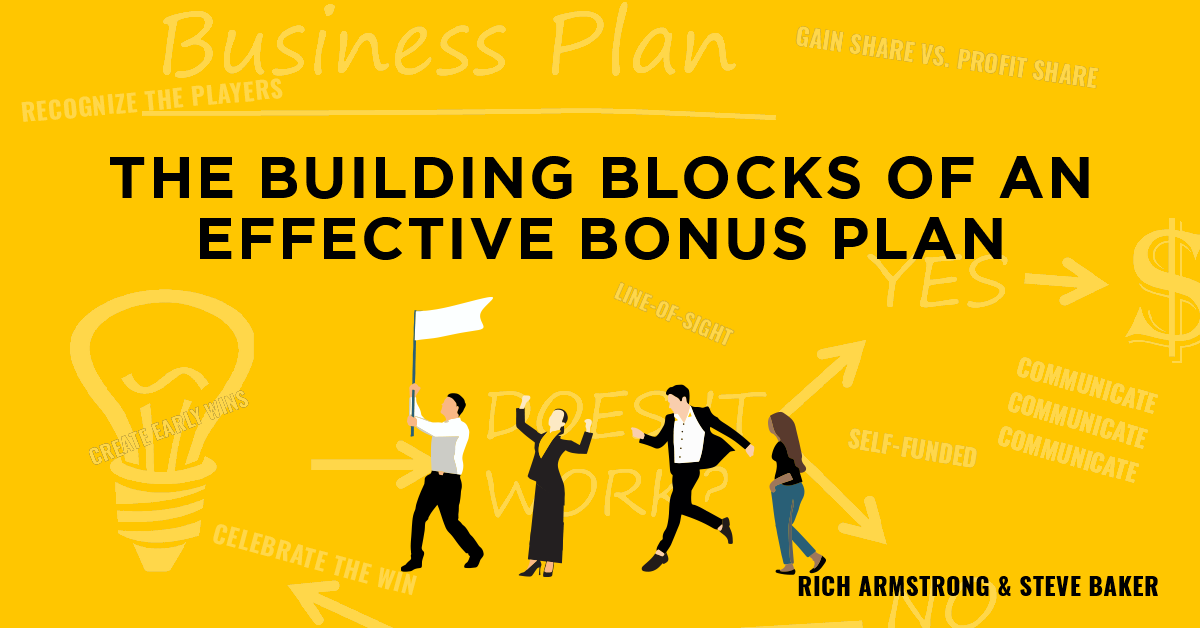
.png)
